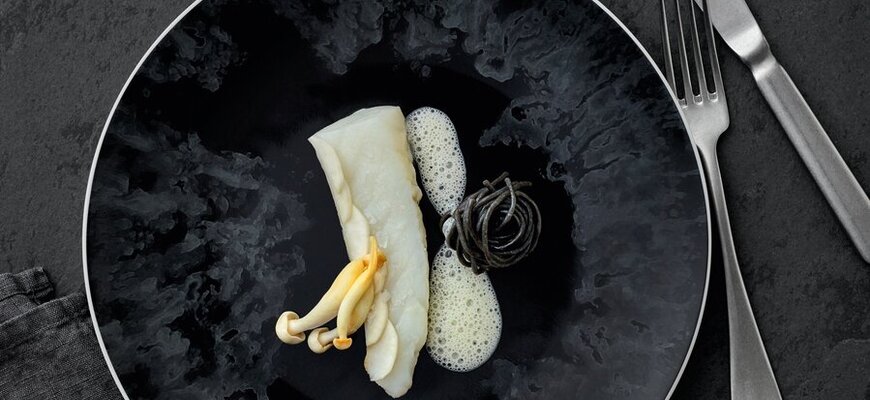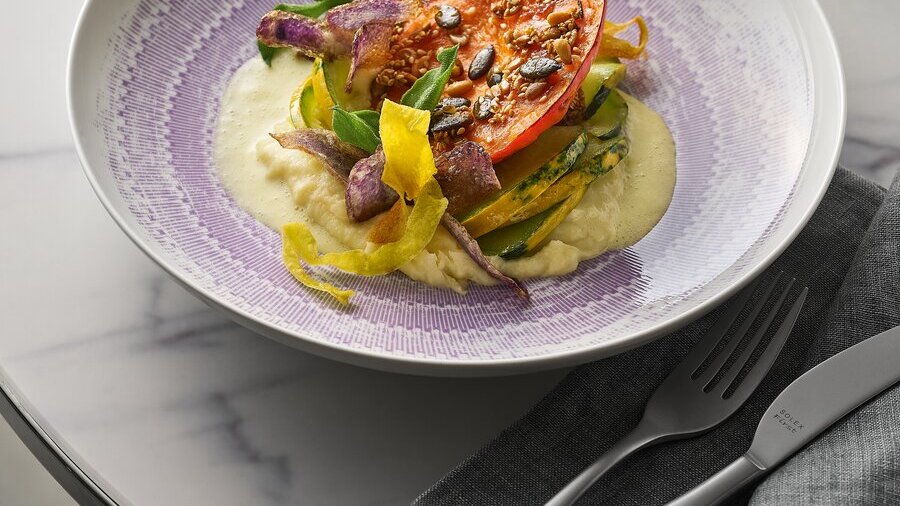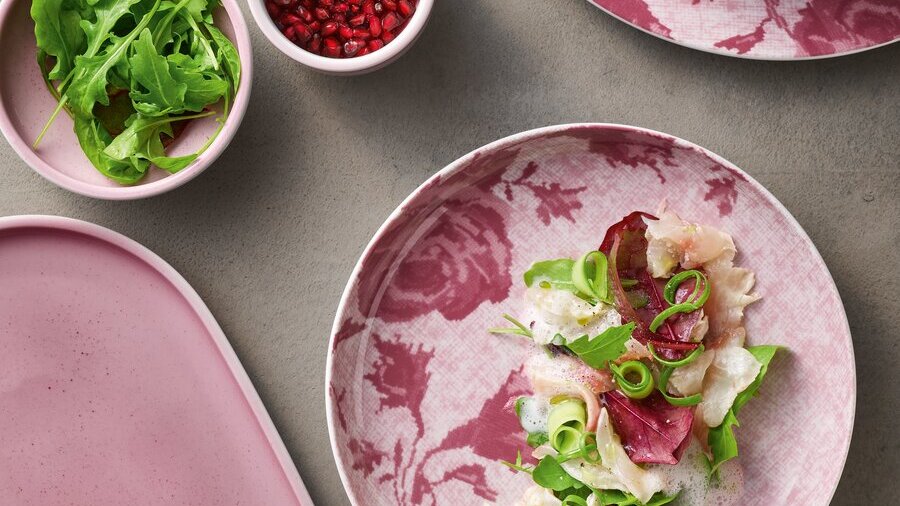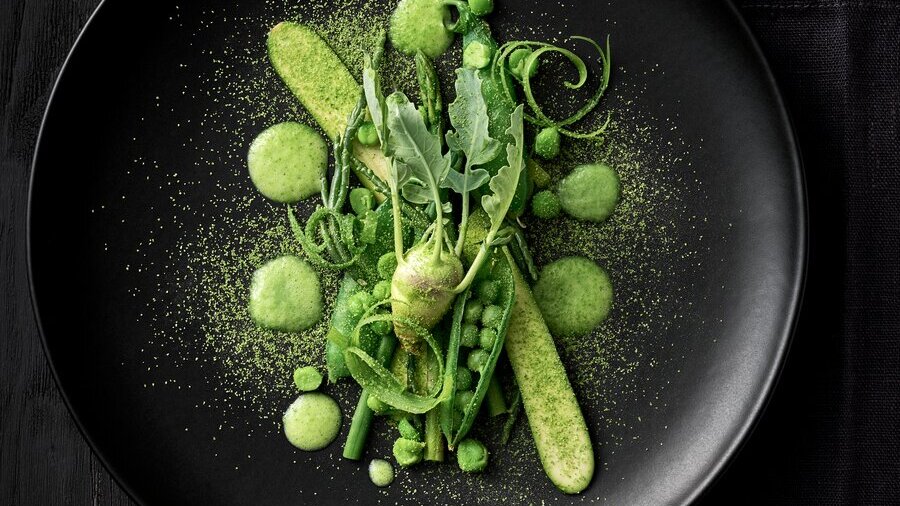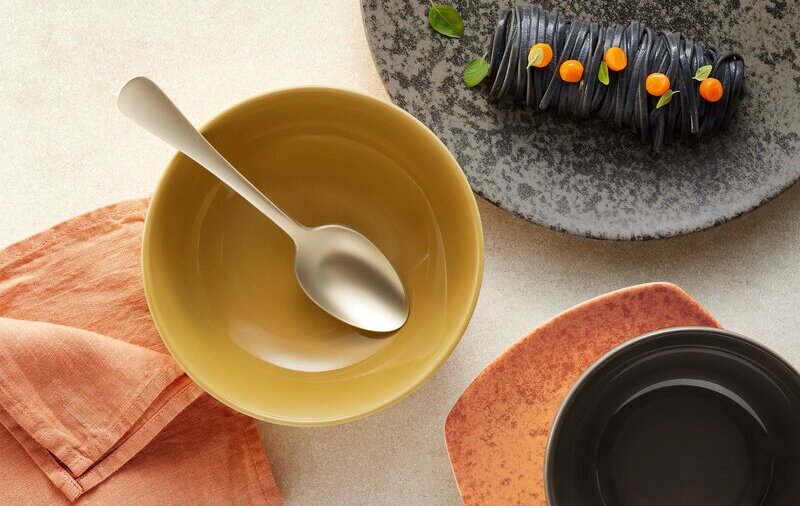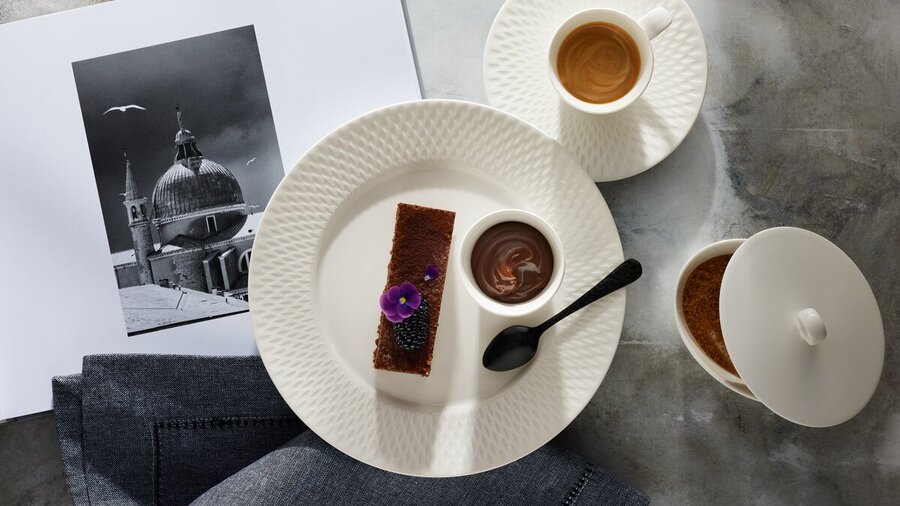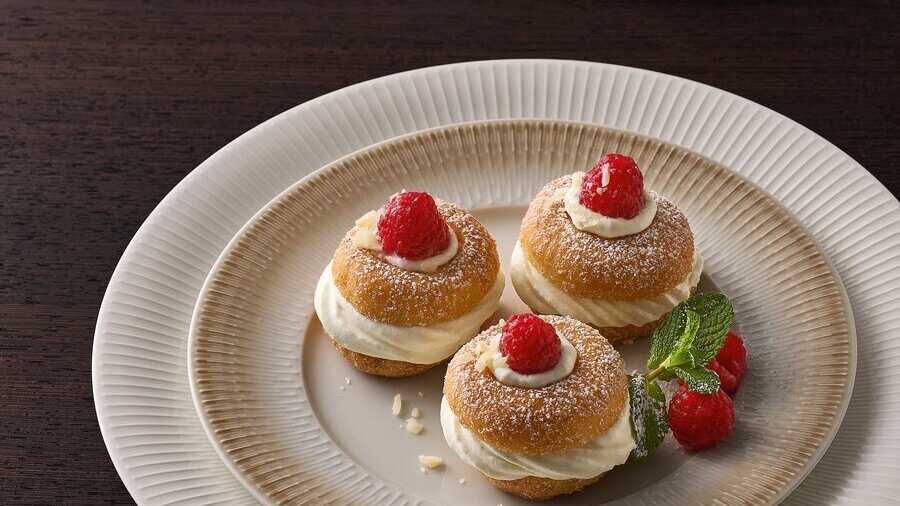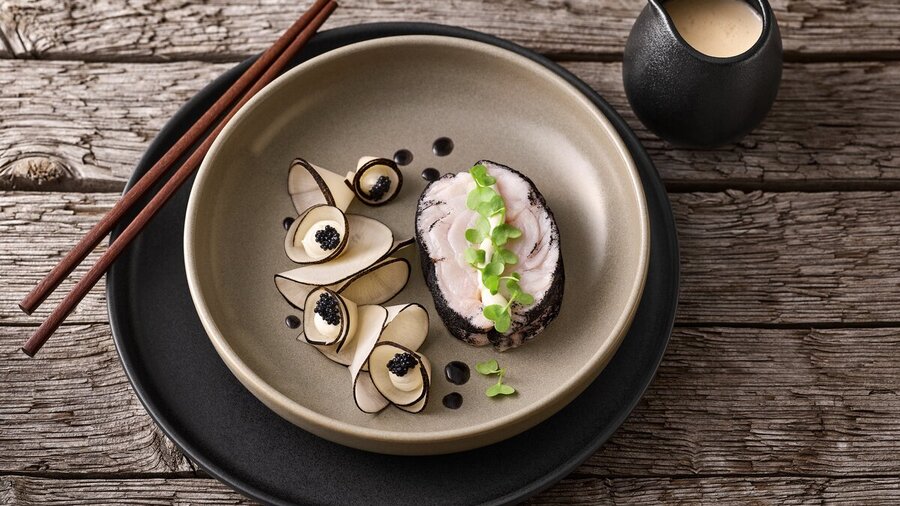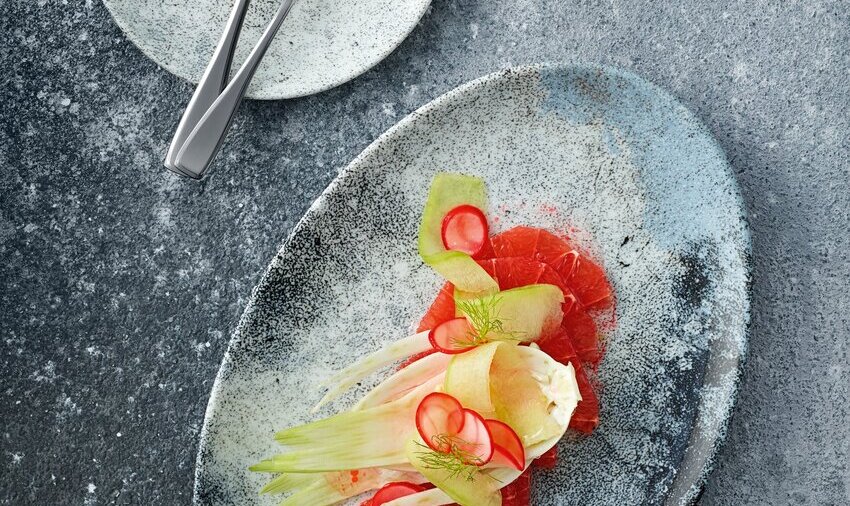Food-Styling
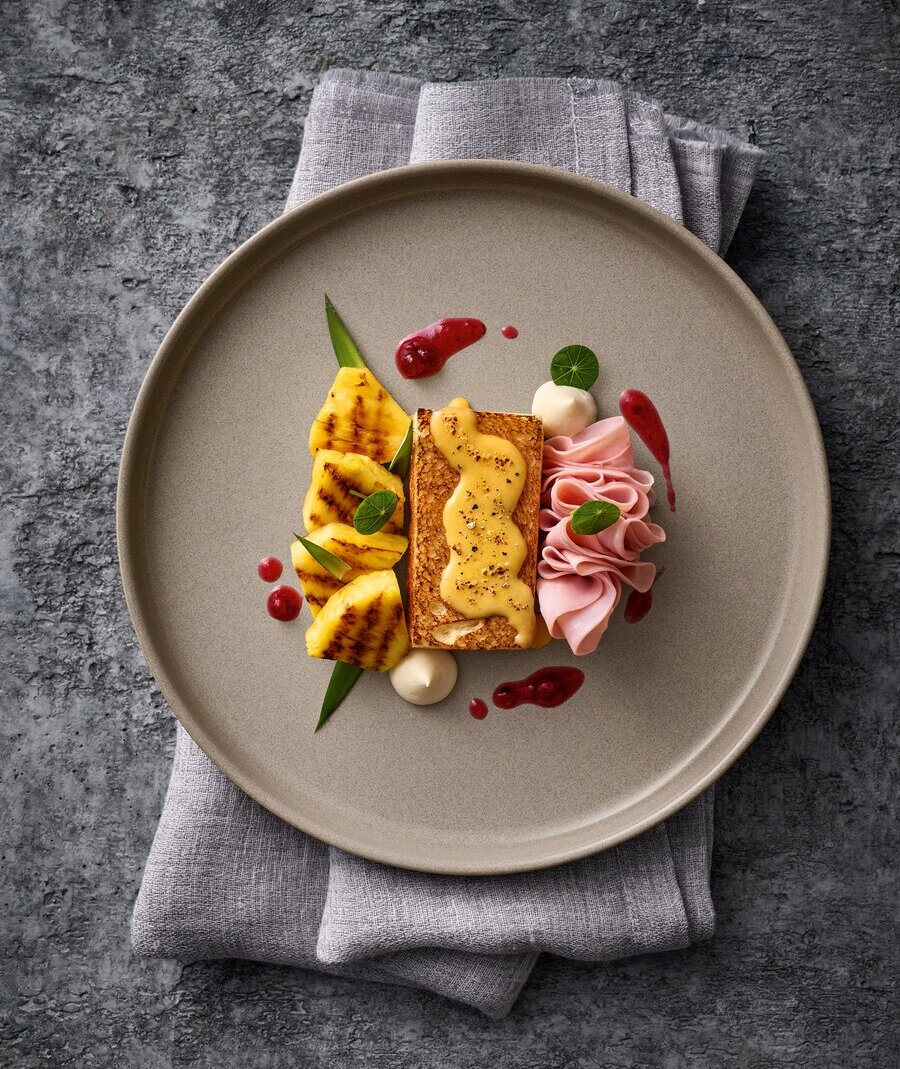
Food styling - a treat and eye candy
The appropriate food styling makes every dish a feast for the eyes, which also tastes particularly good. Innovative food styling plays a major role, especially with a young target group, because the social media world brings with it a cost-effective advertising effect: professionals style - guests post.
Playing with colours, textures in harmony and contrasts is the basis of good food styling. Taking inspiration from a plate and creating a real work of art from the dish allows food styling to reach perfection.
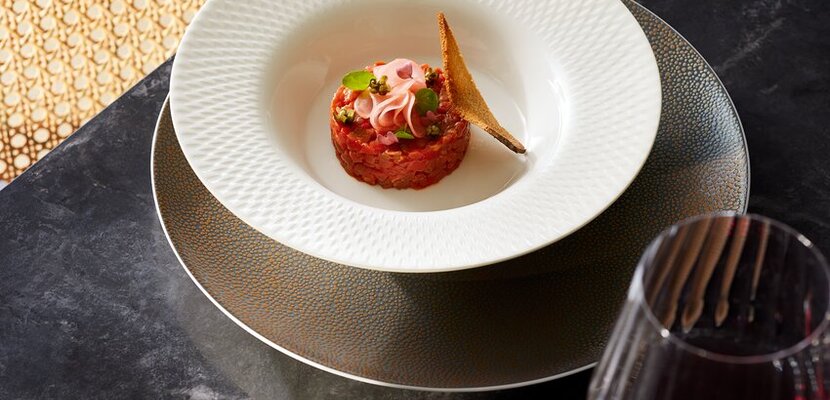
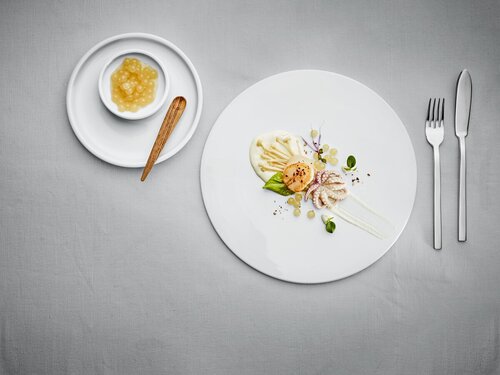
The right food styling for the perfect overall impression
Optical contrasts and surprise effects let familiar dishes shine in a new look. However, the presentation area must not be disregarded. After all, the food presentation should almost resemble a painting in order to leave the appropriate impression on the guest. Plateau plates in white show off delicate food colours to their best advantage.
Star chef Dirk Maus shares his view on food styling with us: "Less is often more. I want the quality of the food to stand out on its own, so when I garnish, I limit myself to the essentials. I underline this purist approach with the matching porcelain. Unconventional lines and textile-like surfaces invite you to rediscover the supposedly familiar, even on the plate."
Food styling with colour harmonies and contrasts
Playing with colours plays one of the most important roles in food styling. The individual components of the food are not only coordinated with each other, but also with the décor of the plate. Basically, colour contrasts present a variety of flavours and colour-intensive dishes are associated with "taste". But which colour contrasts can be implemented in food styling in different ways?
It is one of the most important contrasts and it is created by using light and dark food or dishes. When using light ingredients and a dark plate, the dish creates a certain tension and is highlighted. Of course, this also works the other way round.
With this contrast, at least 2 strong, clearly different colours are used. Red, yellow and blue can be such colours, which should be used in as little gradation as possible. To increase the contrast, white spaces can be placed between the ingredients in food styling.
This contrast is created by the use of warm and cold colours. It creates an emotional effect on the guests. Colours with a red tint are perceived as warm, whereas colours with a blue tint are perceived as cold. When black or white ingredients are added, they influence how warm or cold the respective colour appears.
As the name suggests, complementary contrast uses complementary colours for food styling. These are the colours that are exactly opposite each other on the colour wheel, such as red and green. The contrasting intense colours create a perfect and harmonious effect.
With simultaneous contrast, the intensity of the food styling can be influenced by the colour of the plate. So if particularly dark tableware is used, the food can appear lighter and vice versa.
The contrast in quantity is created by different proportions of the ingredients used. In the sense of "small and large" or "much and little", warm colours with strong luminosity can have just as strong an effect in small quantities as colder, larger areas of colour. Warm colours are generally more luminous, which is why they directly attract attention.
Food stylist Monika Schuster explains
Monika Schuster is our food stylist, hotel manager and cook at the master school for chefs. She is a firm believer in unusual plates with colourful décor. She explains: "The arrangement on the plate often gives the food a special touch. Here, the colour of the porcelain provides a nice platform: blue in particular offers great support to the food, as it doesn't compete with the natural colours of the food." Decorations with lichen or flowers are also currently in vogue. Here, the décor acts like a protective hand to ensure the lavish or even reduced presentation of individual creations.


Get in top form with food styling
Every chef has his or her own signature, which can be recognised by the food styling. Potatoes in slices, strips, cubes or grated? The shape determines the food styling and the different ways of serving it. A tone-in-tone look looks particularly interesting when different textures are combined. Our food stylist Monika adds: "Gold leaf or edible flowers add an exclusive character."
However, the perfect food styling can not only shine through looks, but also through different contrasting flavours. Spicy food also works with fruity or sweet flavours.
Coup plates or plates with a small rim, for example, offer a lot of space for food styling because of the large dining surface. However, this does not mean that the dish has to be arranged over the entire plate. "Stacking up" is also a possible form: In this case, the dish is stacked upwards from a central point in the shape of a tower. The three-dimensional look is pleasing to the eye and, with the right technique, helps to minimise the use of materials. So less is more and turns the dish into an experience.
